By Félix Pérez and Dan Davis/image by Dorothea Lange | Originally Published at Education votes. November 20, 2013
Cuts are affecting students and their families all across the country. Tell us what you’re seeing in your school. SHARE YOUR STORY.›
The number of homeless students enrolled in preschools and K-12 schools in the 2011-2012 school year (1,168,354) is the highest number on record and a 10 percent increase over the previous school year, according to data from the U.S. Department of Education
The number of homeless students increased 72 percent since the beginning of the recession in 2008 and is greater than the population of eight states: Alaska, Delaware, Montana, North Dakota, Rhode Island, South Dakota, Vermont and Wyoming.
“Students in homeless families can attend between three and five schools in one given school year, and during the transfer periods between schools, there’s no schooling at all, and they fall behind, adding to the general chaos of the child experiencing homelessness,” Diana Bowman, director of the National Center for Homeless Education, told Education Votes…
When a child experiences such prolonged hunger and fatigue, he or she isn’t able to come to school ready to learn, as basic needs aren’t being met.
Twenty-five states experienced double-digit increases, and 10 of those saw a jump of 20 percent or more. North Dakota’s 212 percent growth led the way; it had 2,712 homeless students. The state with the second highest surge, 58 percent, was Maine, whose homeless student population rose from 991 to 1,564.
Bowman added, “Homeless students should be able to depend on their school as a source of stability, free of the chaos that’s so common in their lives. It’s full of supportive adults and peers, and really a hub of stability.”
Worsening the homeless student crisis is the sequester, congressionally approved across-the-board cuts to federal programs such as Title I, which provides funding for low income schools. The program has been slashed by $740 million, affecting nearly 1.2 million students. Head Start programs across the country have suffered from the federal government’s indiscriminate spending cuts as well, forced to eliminate services for 57,000 children. Head Start provides preschool to low-income families, as well as free meals and medical care in many communities.
“Children and youth who are homeless struggle with hunger, trauma, and illness; they move frequently and fall behind in school,” said Barbara Duffield, policy director of the National Association for the Education of Homeless Children and Youth. “Yet education is the surest path out of poverty. If we wish to prevent another generation of children from becoming homeless adults, we must meet their basic needs and ensure a stable, supportive school environment.”
The record rise in the number of homeless students comes on the heels of a report from the Southern Education Foundation that found that the majority of students in 17 states are from low-income families.
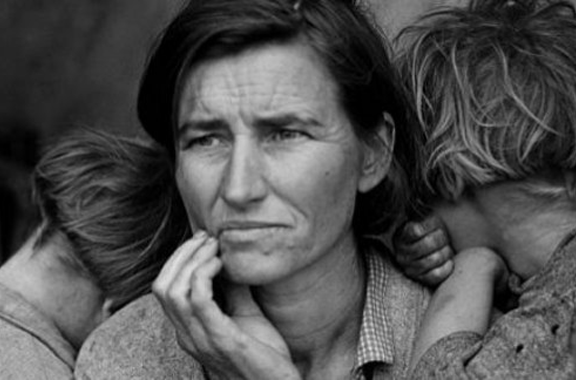







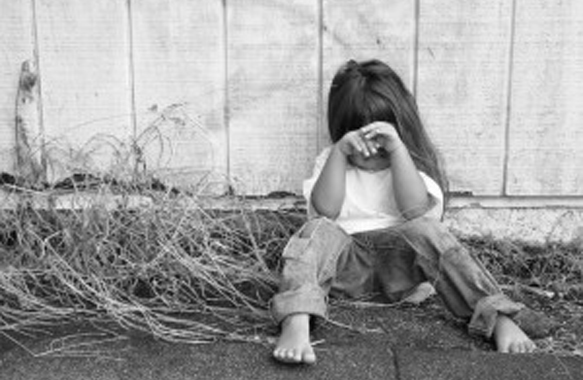

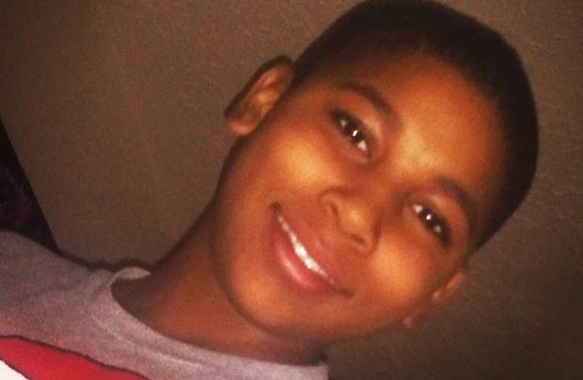
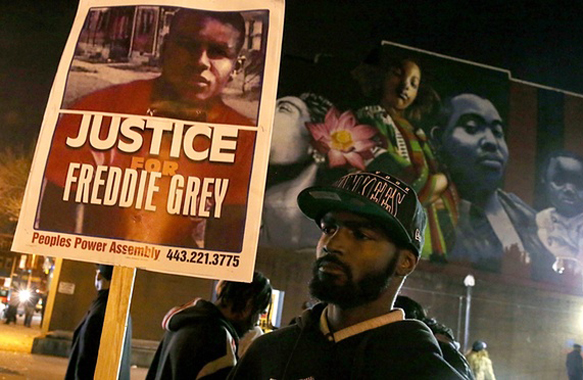
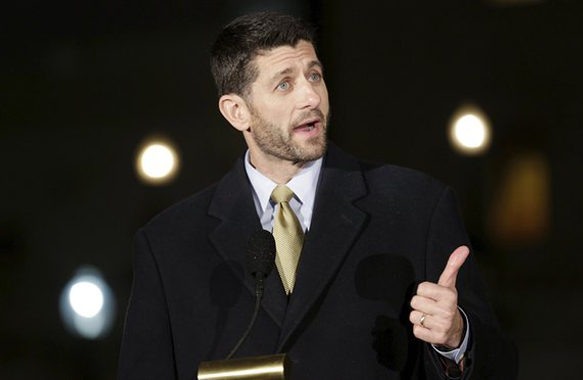
Leave A Comment